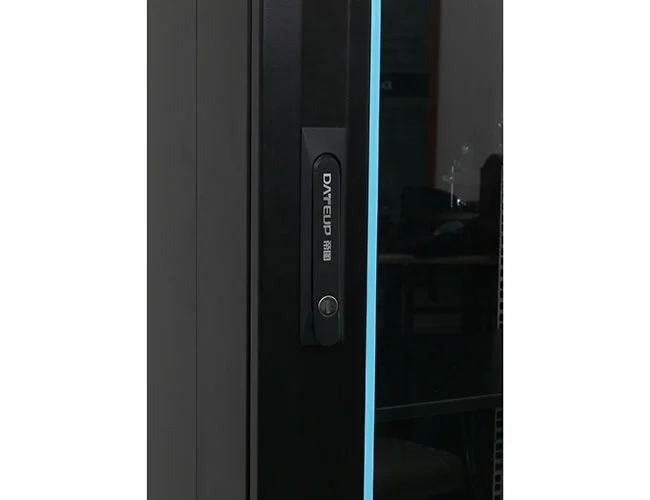News
Site Editor
 Site
https://leonetworkgroup.usa18.wondercdn.com/uploads/image/5fe152faa587d.png
Ethernet and patch cable are both types of connectivity cables commonly used in computer networking. While both are used to facilitate digital communications, there are crucial differences between the two.Ethernet cables are a type of networking cable designed to transmit data between devices over a wired connection. Ethernet cables typically utilize copper wiring to transfer data at high speeds,
Site
https://leonetworkgroup.usa18.wondercdn.com/uploads/image/5fe152faa587d.png
Ethernet and patch cable are both types of connectivity cables commonly used in computer networking. While both are used to facilitate digital communications, there are crucial differences between the two.Ethernet cables are a type of networking cable designed to transmit data between devices over a wired connection. Ethernet cables typically utilize copper wiring to transfer data at high speeds,
What Is The Difference Between Ethernet And Patch Cable
Views: 455
Author: Site Editor
Publish Time: 2023-07-13
Origin: Site
Ethernet and patch cable are both types of connectivity cables commonly used in computer networking. While both are used to facilitate digital communications, there are crucial differences between the two.
Ethernet cables are a type of networking cable designed to transmit data between devices over a wired connection. Ethernet cables typically utilize copper wiring to transfer data at high speeds, making them ideal for use in local area networks (LANs). Ethernet cables are typically used in conjunction with network devices such as routers, switches, hubs, and network interface cards.
Patch cables refer to any cabling that is used to form short connections within a cabled system. They are often used to connect devices such as computers and switches to a network infrastructure. A patch cable is typically a shorter length of cabling, often no more than a few meters long, and typically uses the same wiring as Ethernet cables. They are often used to connect devices to a nearby switch or router, making them a common sight in server rooms.
There are some key differences between these two types of cables. Firstly, Ethernet cables are designed for high-speed data transfer. They are typically used to transfer large amounts of data over a network. In contrast, patch cables are designed for shorter distances. They are generally used for connecting devices in close proximity, such as within a server rack.
Another key difference between the two cable types is the level of insulation they provide. Ethernet cables are typically insulated to protect data transmissions from electromagnetic interference. This is important when transmitting critical data over long distances or in areas where there may be high levels of interference. In contrast, patch cables are not always fully insulated, as they are intended for shorter distances where the risk of interference is lower.
In terms of physical appearance, Ethernet and patch cables look very similar. They both use a similar type of connector, such as an RJ45 connector, which allows for easy and reliable connectivity. However, Ethernet cables may be thicker than patch cables, as they often contain additional insulation to protect the cables from interference.
In summary, the main difference between Ethernet and patch cables is their intended use. Ethernet cables are designed for high-speed data transfer over long distances, while patch cables are used to form short connections within a network infrastructure. Both cable types play important roles in modern networking environments and are vital components in maintaining the connectivity of today's digital world.
If you want to know more about industrial network cabinet,china fiber optic splice closure,china fiber optic distribution box,please consult the fiber optic splice closure factory









